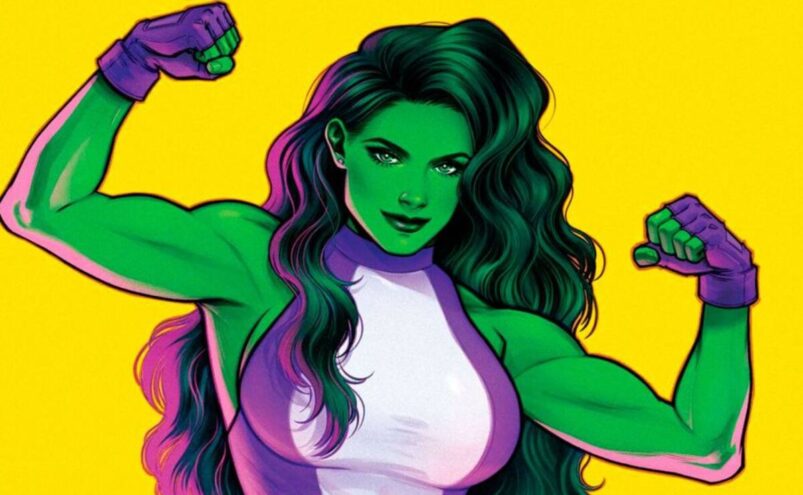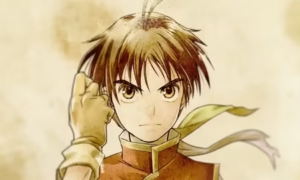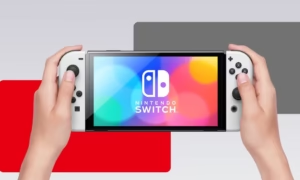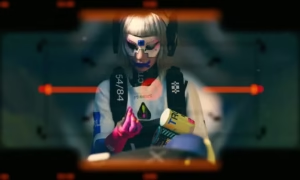She-Hulk #1: Unsung Heroism In Personal Reinvention
The core of the superhero genre is reinventing. These characters must change every couple of decades to be relevant to new readers. Some superheroes are more adept at reinvention than others. Marvel’s She-Hulk is essentially a gender-swapped take-over of her male counterpart. She is a fresh take on a well-known template by her very nature.
She-Hulk overcame her origins and became a compelling character after her 1980 debut. Jennifer Walters, like Bruce Banner, is a quiet wallflower who turns into a green-skinned, rage powered behemoth. But unlike Banner, she keeps her intelligence and friendly personality.
This is a fun way to rethink the Hulk formula. But that’s not the end of reinvention. Over the past 42 years, She-Hulk has seen her role and purpose change in the Marvel Universe. She-Hulk has been a member of the Fantastic Four, an Avenger, and working for the godlike Celestials. She-Hulk’s fictional world is filled with change.
Rainbow Rowell, Roge Antony, and Rico Renzi have created She-Hulk #1. The covers are by Jen Bartel, Adam Hughes and Adam Hughes. This series focuses on the nature of the titular protagonist and highlights the untold heroism of personal reinvention. The book is easy to read but powerful nonetheless.
This story is about picking up the pieces when your life has been broken yet again and finding the strength and courage to rebuild it. Jennifer Walters is plagued with negative thoughts and dreads when we first meet her in She-Hulk #1. She is reminded how little she has left to herself and how bad her life is. Others have homes and careers. She has an expired Avengers I.D. Cards and old FantastiCar keys. Yet, she manages to find the strength to continue on her way towards a new start.
It is also about changing the rules and how you play the game. Jennifer, a fellow female powerhouse Titania, confronts her early in She-Hulk #1. She successfully presents a constructive alternative to their usual slugfests. Why not have them meet up frequently to share their frustrations and discuss the possibilities of a superhero versus supervillain battle? This is a long-term, novel solution to an unavoidable problem that seems unavoidable. All it took was the courage to question the status quo.
She-Hulk #1 doesn’t mean rewriting the rules. It’s about changing the way you are valued and seen by those around you. Everybody Jennifer meets – even Mallory Book, a fellow superhero – expects her to be She-Hulk. This implicit judgment is clear: Jennifer is the statuesque, outgoing She-Hulk to them. Jennifer’s refusal to “Hulk out” in public is also an act of brave self-determination. She’s refusing to be the person people expect her to be and forcing them to accept her for who she is.
Rainbow Rowell, Roge Antony, and Rico Renzi have created She-Hulk #1. The covers are by Jen Bartel, Adam Hughes and Adam Hughes. This series focuses on the nature of the titular protagonist and highlights the untold heroism of personal reinvention. The book is easy to read but powerful nonetheless.
This story is about finding the strength to pick up the pieces when your life is broken yet again and putting them back together into something that works. Jennifer Walters is plagued with negative thoughts and dreads when we first meet her in She-Hulk #1. She is reminded how little she has left to herself and how bad her life has been. Others have homes and careers. She has an expired Avengers I.D. Cards and old FantastiCar keys. Yet, she manages to find the strength to continue on her way towards a new start.
It is also about changing the rules and how you play the game. Jennifer, a fellow female powerhouse Titania, confronts her early in She-Hulk #1. She successfully presents a constructive alternative to their usual slugfests. Why not have them meet up frequently to share their frustrations and discuss the possibilities of a superhero versus supervillain battle? This is a long-term, novel solution to an unavoidable problem that seems unending. All it took was the courage to question the status quo.
She-Hulk #1 doesn’t mean rewriting the rules. It’s about changing the way you are valued and seen by those around you. Everybody Jennifer meets – even Mallory Book, a fellow superhero – expects her to be She-Hulk. This implicit judgment is clear: Jennifer is the statuesque, outgoing She-Hulk to them. Jennifer’s refusal to “Hulk out” in public is also an act of brave self-determination. She’s refusing to be the person people expect her to be and forcing them to accept her for who she is.
She-Hulk #1, most importantly, is about setting goals and expectations for yourself. Jennifer takes a relaxing bath at the end to reflect on her opportunities to reinvent herself. Although she realizes that she doesn’t want “having it all”, she wants more, which means more space for her life. This goal is realistic, modest, self-interested, and not self-centred. It recognizes that everyone, even superheroes, deserves some comfort and requires regular downtime. Accepting this is a sign of heroism.
She-Hulk #1’s cliffhanger ending suggests that She-Hulk #1 will feature more traditional “cape-and-tights”-style heroism. Jack of Hearts, our hero’s former crime-fighting colleague, collapses at her doorstep. This plot twist promises to trap her in the melodramas and fisticuffs characteristic of the superhero genre. This derring-do is sure to be fun, given the creative team. And what’s not love about She-Hulk? If She-Hulk #1 were any indication, the real heroism in this series would be its protagonist’s courageous attempts to make herself a person she – and all of us – can be proud to be.







